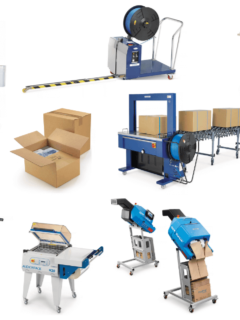Did you know that 44% of French people think that companies have an important responsibility in preserving the environment (IFOP survey, February 2020)? This survey reveals, among other signals, that consumers are increasingly concerned about the environmental impact of their lifestyle.
Taking an
interest in this issue by adopting eco-responsible packaging materials shows that you are taking your customers’ expectations into account. It is also a good way for your brand to stand out from the competition.
So how are your packaging materials designed? Which ones are eco-responsible? How do you select them to ensure a limited environmental impact? These are some of the questions answered in this article

corrugated cardboard: the inherently eco-friendly packaging material
Corrugated cardboard is one of the most common packaging materials, but it can be subject to standards and certification to make its consumption more responsible. 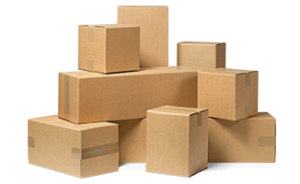 More and more companies are using corrugated cardboard to package their products. This trend is due to the many advantages that cardboard offers
More and more companies are using corrugated cardboard to package their products. This trend is due to the many advantages that cardboard offers
- Protection of the packaged product,
- The very good adhesion of the adhesive tapes to this material
- The ease with whichthe cartoncan be customised
- The space saving effect of storing the packaging flat
- Its eco-responsibility when it is made from recyclable, recycled or biodegradable materials
pour vous assurer un packaging de réelle qualité, n’hésitez pas à avoir recours aux emballages en carton conformes à la norme LNE (Laboratoire national de métrologie et d’essais). Cette norme garantit la qualité des contrôles du fabricant sur ses produits.
Pour un carton plus écologique, il existe des labels en lien avec l’éco-responsabilité de l’emballage : apte au recyclage, ou à caractère biodégradable, par exemple. Lorsque ces labels sont bien indiqués à même l’emballage, ils guident les clients vers la fin de vie qu’ils pourront donner à l’emballage.
Il est ensuite nécessaire de sélectionner l’emballage correspondant à votre produit et à votre mode de livraison. Pour ce faire, consultez le guide du carton RAJA, et faites le meilleur choix en matière d’emballage en carton.

Qu’est-ce que le Label PEFC ?
Pour aller encore plus loin sur la mise en œuvre de pratiques éco-responsables, optez pour le label PEFC
(
- Its lightness, which allows you to limit the weight-volume of your packaging
- It is practical and versatile, and can be adapted to many packaging processes
- It is available at a low price, to reduce your logistics costs
- It is hygienic, and some plastics remain the only packaging materials suitable for food contact
however, derived from petroleum, it now has a bad reputation for its impact on the environment. What’s more, recent years have also seen increased regulatory constraints on the use of plastic. However, there are several types of plastic. 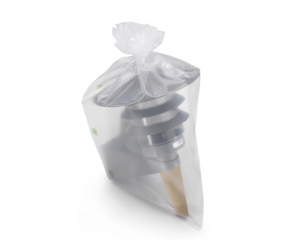 PET (polyethylene terephthalate) and HDPE (high-density polyethylene) plastics are recyclable. Recycling PET gives rise to rPET material, and gives new life to PET packaging already in use. This results in less petroleum consumption. Some good practices can also be implemented to choose a good plastic packaging
PET (polyethylene terephthalate) and HDPE (high-density polyethylene) plastics are recyclable. Recycling PET gives rise to rPET material, and gives new life to PET packaging already in use. This results in less petroleum consumption. Some good practices can also be implemented to choose a good plastic packaging
- There are eco-responsible plastics such as bio-based plastics
- Communicate your choice of environmentally friendly packaging to avoid consumer plastic bashing
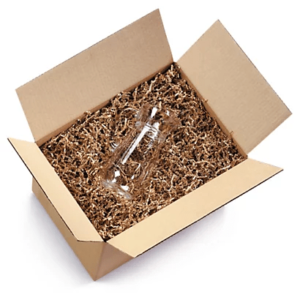 paper: lightweight and eco-friendly
paper: lightweight and eco-friendly
Paper is used in cardboard and kraft paper packaging, among other things. manufacturers can therefore choose solutions that are in line with their sustainability concerns.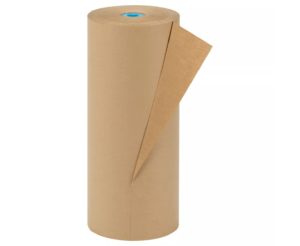 Kraft paper has very good ecological characteristics and is also resistant to tearing and splitting. so what are the uses of kraft paper? it can be used to wrap, protect and cushion products in your packaging.
Kraft paper has very good ecological characteristics and is also resistant to tearing and splitting. so what are the uses of kraft paper? it can be used to wrap, protect and cushion products in your packaging.
Focus on the FSC label
When buying cushioning paper, choose paper that is certified by theForest Stewardship Council ( FSC ). the FSC label certifies that the paper is made from responsibly sourced wood. the FSC standard thus assures consumers of good sustainable forest management practices. in this way, FSC certification guarantees the environmental safety of your packaging
- Cushioning particles made from vegetable starch or polystyrene
- Air cushions with recyclable plastic sleeves
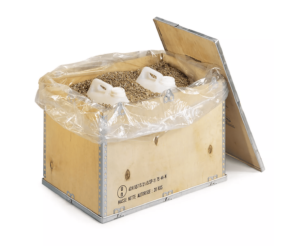 Wooden crates are very interesting for transporting goods..
Wooden crates are very interesting for transporting goods..
- Requiring special protection
- Exported (international transport requires reinforced protection)
- Palletised by combining boxes and pallets
- Stored for a long time
if you opt for pallet boxes or wooden crates, you need to ensure that the materials used for these packages are environmentally friendly, and that they are made from sustainable materials
- Be made from recycled or recyclable wood
- Be FSC compliant
there are also several categories of wooden pallets
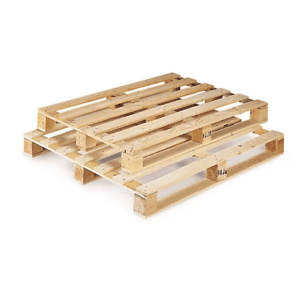 |
The one-way pallet |
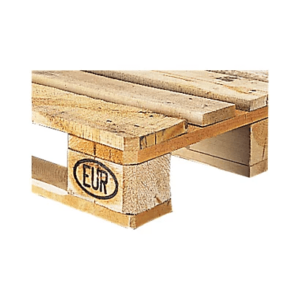 |
The returnable European pallet (which can however cause logistical problems for return to the distributor) |
qu’est-ce que la norme NIMP15 ?
Il convient en outre de porter une attention particulière à la norme NIMP15 en cas d’export.
Il s’agit de la norme internationale pour les mesures phytosanitaires n°15 requérant un traitement particulier des matériaux d’emballages conçus à partir du bois. Un certificat de conformité sera donc exigé en cas de choix de palettes en bois, si vous exportez vos produits palettisés à l’étranger.
La mousse : un matériau de calage toujours en vogue
La mousse est un matériau de calage très répandu, mais son impact sur l’environnement n’exclut pas de rechercher d’autres solutions.
Les plaques de mousse en polyuréthane présentent des avantages du point de vue logistique pour caler les produits et les séparer dans un même emballage. Incassables et ne s’effritant pas, elles semblent constituer le matériau de calage le plus adapté pour de nombreux produits. Toutefois, lorsqu’elles sont conçues en polyuréthane ou polyéthylène, elles ne sont pas
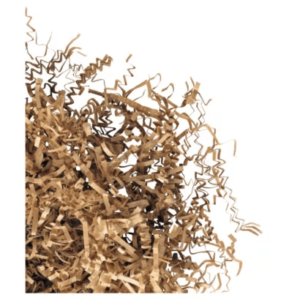 |
Wood curl |
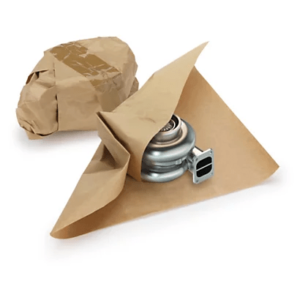 |
Kraft paper(in the form of rolls, shreds, corrugated cardboard) |
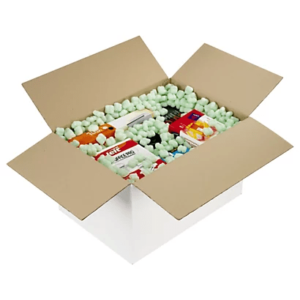 |
Biodegradablecorn starch particles |
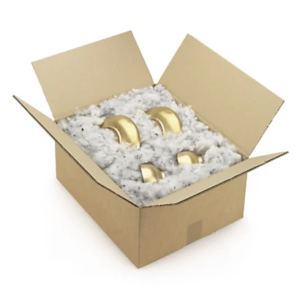 |
Recycled textile fibres |
eco-responsible solutions therefore exist for most packaging materials – check out our online product catalogue to make the best choices!














